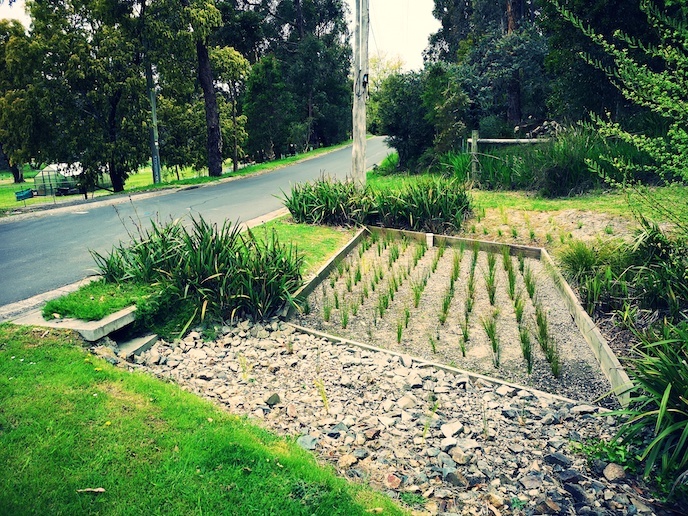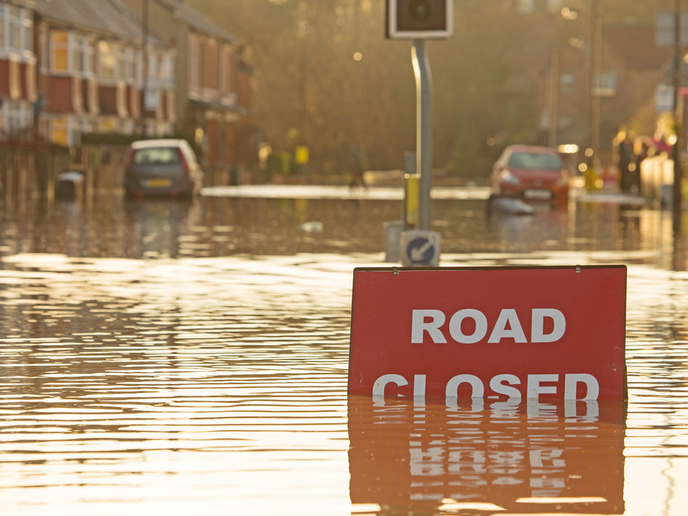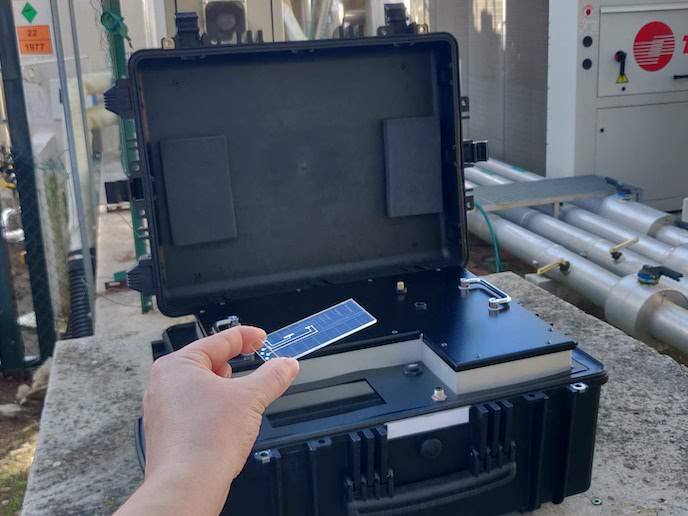Modelling the hydrological cycle in urban areas
The exodus from the countryside to cities has put pressure on Europe's aging water systems. In the search for sustainability, computer models can help scientists and the relevant authorities gain a better understanding of the complexities of the hydrological cycle in urban areas. The Institute of Hydromechanics of the University of Karlsruhe (UNIKARL) led the development of a new water balance model for such applications during the AISUWRS project. The model, UL_FLOW, addresses the transport of water through soil layers to the water table as well as exchanges with other sources. The one-dimensional solution provides residence times in the different layers and recharge rates for reservoirs. During AISUWRS, UNIKARL ran the model using data collected from Rastatt in western Germany, one of the cities chosen as a case study. UNIKARL performed multiple simulations where they altered the main input data, infiltration rates, as well as the type and depth of the soil layer and other parameters. These sensitivity tests indicated an important role for the temporal resolution of UL_FLOW. Another significant development was the UL_FLOW_UVQ extension. This enables UL_FLOW to directly import output files from the Urban Volume Quality (UVQ) model, which was also run for the AISUWRS case studies. By linking the two models, UNIKARL was able to generate the desired residence times and groundwater recharge rates for Rastatt with significantly less effort.







